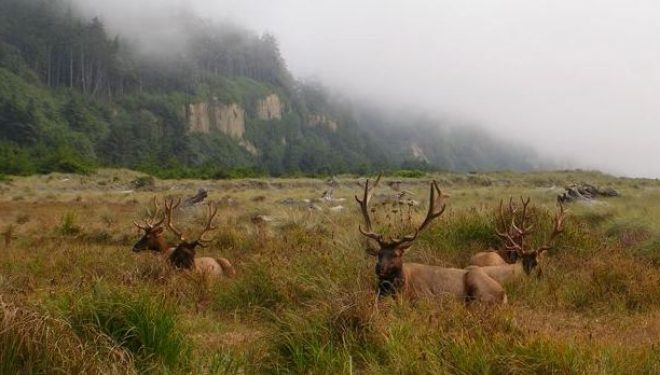
By Paige Gosney
In December 2020, the U.S. Fish & Wildlife Service (FWS) finalized for the very first time a regulatory definition for the term “habitat,” as the term is used in the Endangered Species Act (16 U.S.C., § 1531, et seq. (ESA) and its various implementing regulations. (85 Fed. Reg. 81411 (Dec. 16, 2020). The definition, which modified a proposed regulatory definition of “habitat” that was originally published on August 5, 2020 (85 Fed. Reg. 47333) based upon public comments and further consideration of the relevant issues, became effective on January 15, 2021.
Critical Habitat Designations Under the Endangered Species Act
The FWS proposed a regulatory definition of “habitat” with respect to the use of the term in the context of critical habitat designations under the ESA. The ESA defines “critical habitat” in § 3(5)(A), establishing separate criteria depending on whether the relevant area is within or outside of the geographical area occupied by the species at the time of listing, but it does not define the broader term “habitat.” (16 U.S.C. 1532(5)(A).) The FWS had not previously adopted a definition of the term “habitat” through regulations or policy, but had instead traditionally applied the criteria from the definition of “critical habitat” based on the implicit premise that any specific area satisfying that definition was habitat.
However, the U.S. Supreme Court recently held that an area must logically be “habitat” in order for that area to meet the narrower category of “critical habitat” as defined in the ESA. (Weyerhaeuser Co. v. U.S. FWS, 139 S. Ct. 361 (2018). The Court stated: “. . . Section 4(a)(3)(A)(i) does not authorize the Secretary to designate [an] area as critical habitat unless it is also habitat for the species.” (Id. at p. 368; see id. at 369 n.2 [“we hold that an area is eligible for designation as critical habitat under section 4(a)(3)(A)(i) only if it is habitat for the species”.) Given this holding in the Supreme Court’s opinion in Weyerhaeuser, the FWS determined to establish a regulatory definition of “habitat.”
After reviewing and considering public comments on the proposed alternative definitions published in August 2020, the FWS revised and simplified the final definition of “habitat” as follows:
For the purposes of designating critical habitat only, habitat is the abiotic and biotic setting that currently or periodically contains the resources and conditions necessary to support one or more life processes of a species. (85 Fed. Reg. at 81412.)
No New Regulatory Procedures or Processes
In addressing public comments, the FWS noted that:
. . .the regulatory definition of ‘habitat’ will not be used to create a new procedural step or regulatory process, nor will it result in any new regulatory burdens or landowners or other parties. (85 Fed. Reg. at p. 81414.)
The criteria and process for designating critical habitat will continue to rely, primarily, on the regulatory requirements found in 50 Code of Federal Regulations § 424.12. The FWS also reiterated that the new definition applied only prospectively and would not require that previously finalized critical habitat designations be revisited. (85 Fed. Reg. at p. 81411.)
Key Changes
The final definition of “habitat” incorporated several key changes from the alternative definitions that were previously-proposed by the FWS, including:
•reducing the definition to a single sentence;
•adding an introductory phrase that explicitly limits the scope of applicability of the definition to the designation of critical habitat and thereby address commenter’s concerns about the potential for the definition to apply to other sections of the ESA or other Federal programs that use the term “habitat” and thus have unintended consequences on implementation of these other sections and programs;
•replacing the phrase “physical places” with abiotic and biotic setting” to address comments that habitat is more than simply a physical location;
•adding the phrase “resources and conditions” to clarify that the definition of “habitat” is inclusive of all qualities of an area that can make that area important to the species; and,
•replacing the phrase “depend upon to carry out” with the phrase “necessary to support” to clarify that the definition applies to areas needed for one or more of a species’ life processes.
Conclusion and Implications
Despite confirming that the revised definition of “habitat” won’t “be used to create a new procedural step or regulatory process, nor will it result in any new regulatory burdens or landowners or other parties” the change is significant and land use practitioners should avail themselves of the nature of the changes in the context of critical habitat matters.
The new definition is codified at 50 Code of Federal Regulations § 424.02, available online at: https://www.govregs.com/regulations/expand/title50_chapterIV_part402_subpartA_section402.02#regulation_1




